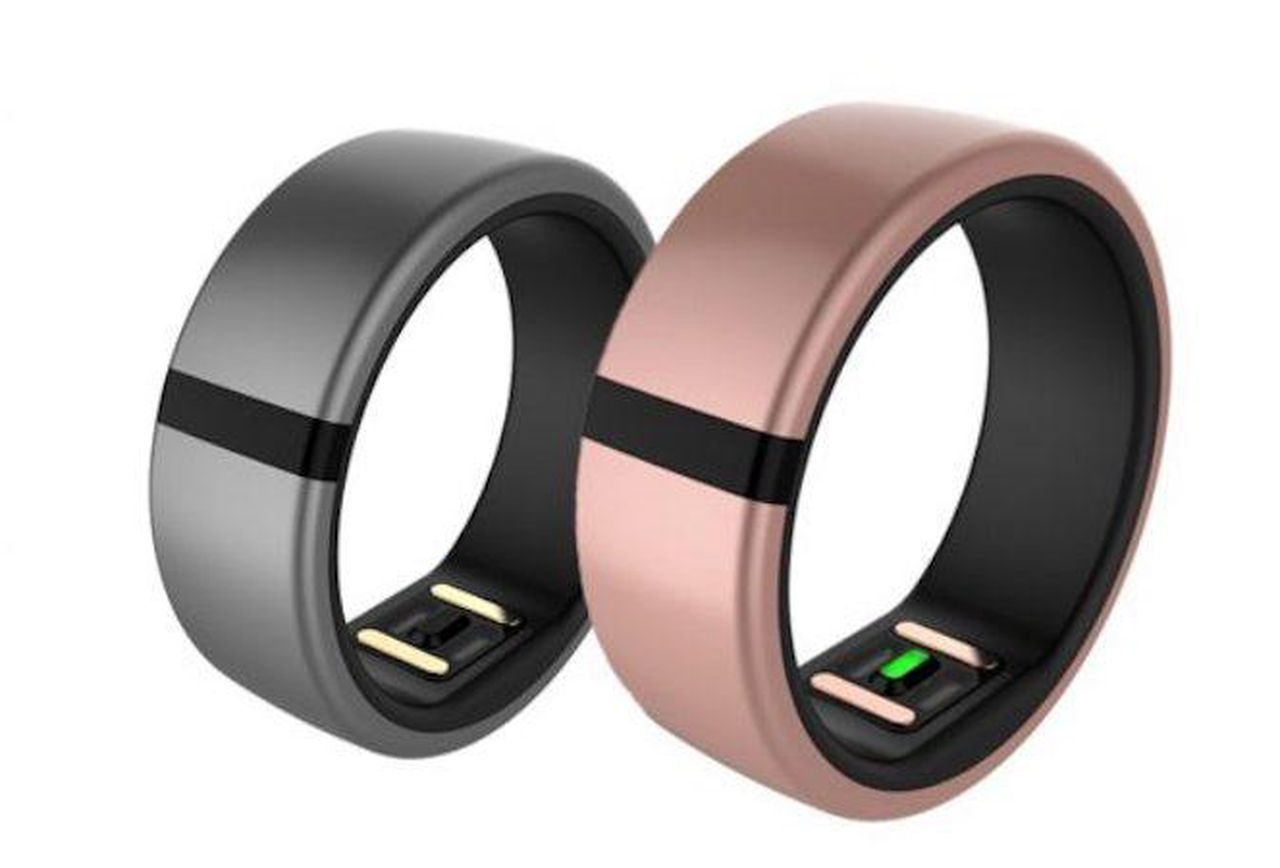Cell phones—even starting with the big-and-bulky candy bar phones of yesteryear—started the process of miniaturizing electronics into ever-smaller and more portable form factors. The popularity of the smartphone took that to the next level, not only in terms of scale of manufacturing a number of foundational components1, but also introduced a whole new set of specialized hardware sensors that gave raise to the “wearables” category of tech gadgetry. Funnily enough, we’re at a point where smartphones are getting bigger to accommodate larger screens, even as ever-smaller components allow for tinier wearable (or at least, pocketable) devices.
To that end, I’ve been messing around with a Motiv ring for the past couple of weeks. It’s a ring with an accelerometer and heart rate sensor, which relies on bluetooth to periodically sync with its companion mobile app. There’s enough hardware in there to enable step and sleep tracking, though I’ve found it has trouble automatically detecting other activity types (e.g., swimming). The battery lasts about 2–3 days, which is impressive given its diminutive size.
The Motiv represents a natural evolution for wearable tech beyond the smartwatch. Compared to more utilitarian health wristbands popularized by Fitbit2, or even the vast majority of smartwatches in the market today, the Motiv ring is more discrete—at least for those who are used to wearing rings regularly. Embedding electronics into small everyday objects like jewelry makes a lot of sense, particularly when the product design resists complexity and avoids a temptation to add screens and user controls; they often turn a simple, focused accessory into a limited facsimile of a smartphone, with an awkward user interface and reduced battery life to boot3.
While I expect the electronics to continue to shrink, the other challenge I foresee with gadget jewelry is that most of the products will come from tech companies, and tech companies aren’t particularly fashionable. For a little while, products tried to align themselves with luxury fashions, but that proved difficult to reconcile with the rapid lifecycle of mobile electronic components: commentators asked who would keep on rebuying the high-end Apple Watch Edition, and were proven right when the company ended up discontinuing the line after a handful of iterations.
Going for the low-end of the market has broader appeal, though there’s the danger of coming off as gaudy and cheap. So the design solution right now is to go for a default minimalistic look: simple colors, typical technology product materials (plastic, various metals), flat or curved surfaces with no textures or embellishments. They take their design cues from smartphones, which themselves have evolved into being featureless slabs of glass. That’s too bad, when one of the primary purposes of jewelry is to express individual taste,
That said, I’m optimistic about the product category overall. It won’t necessarily cover the world the same way phones have these past 2 decades—what can compare in scale and impact?—but there are legitimate use cases for embedded hardware sensors carried around the body, and the smartphone is an ideal complement for user interactions so these jewelry pieces can stay simple. As with most broad consumer technologies, though, the challenge will be one of cost and thus accessibility.
Think of parts like batteries, low-power CPUs, LCD screens, wifi antennas, etc.↩
I started with the cheap, but surprisingly good XiaoMi Mi Band for a bit.↩
That line of thinking pushed me to go for a pseudo-smartwatch as a my first wearable device.↩




